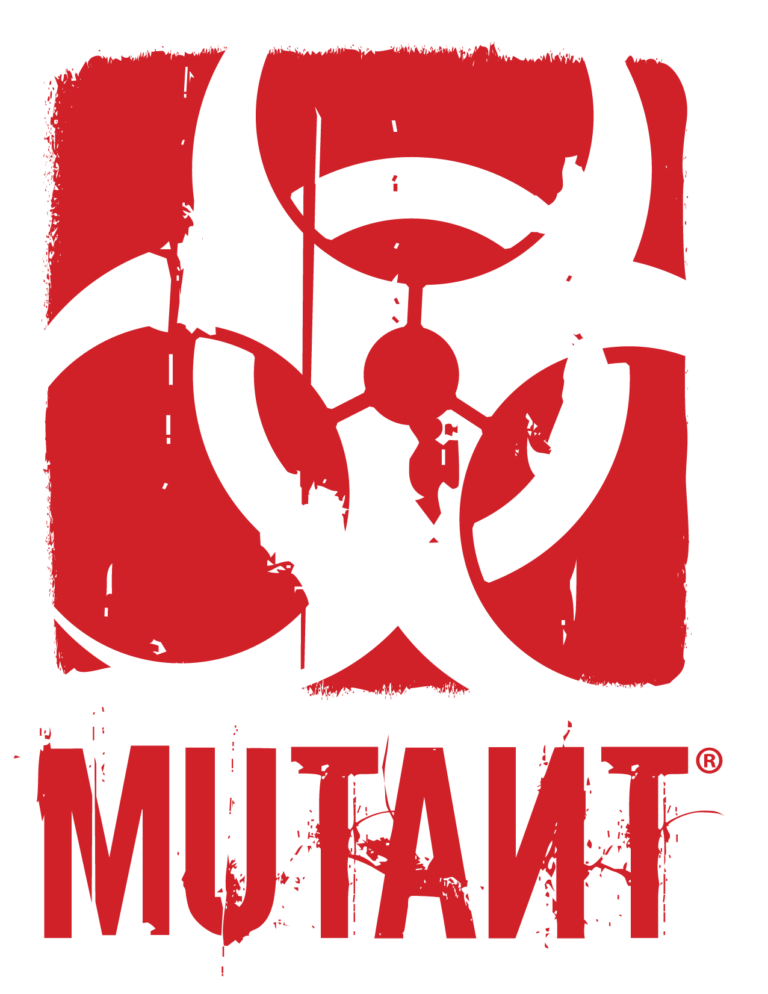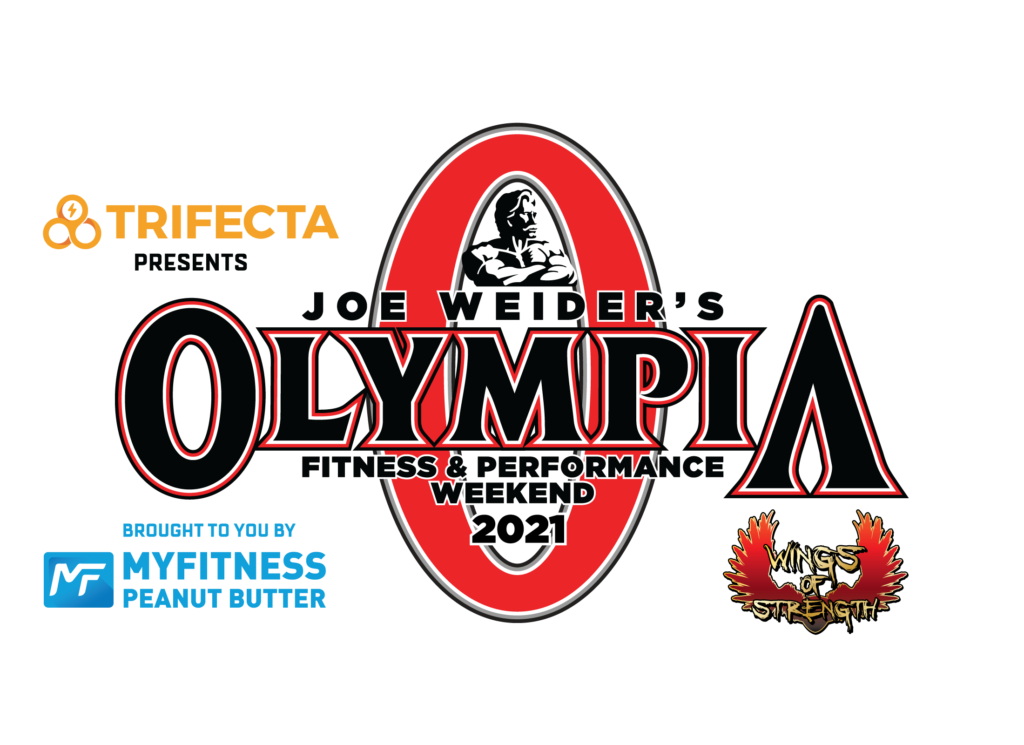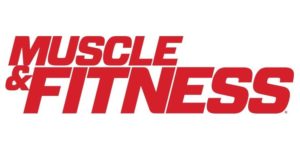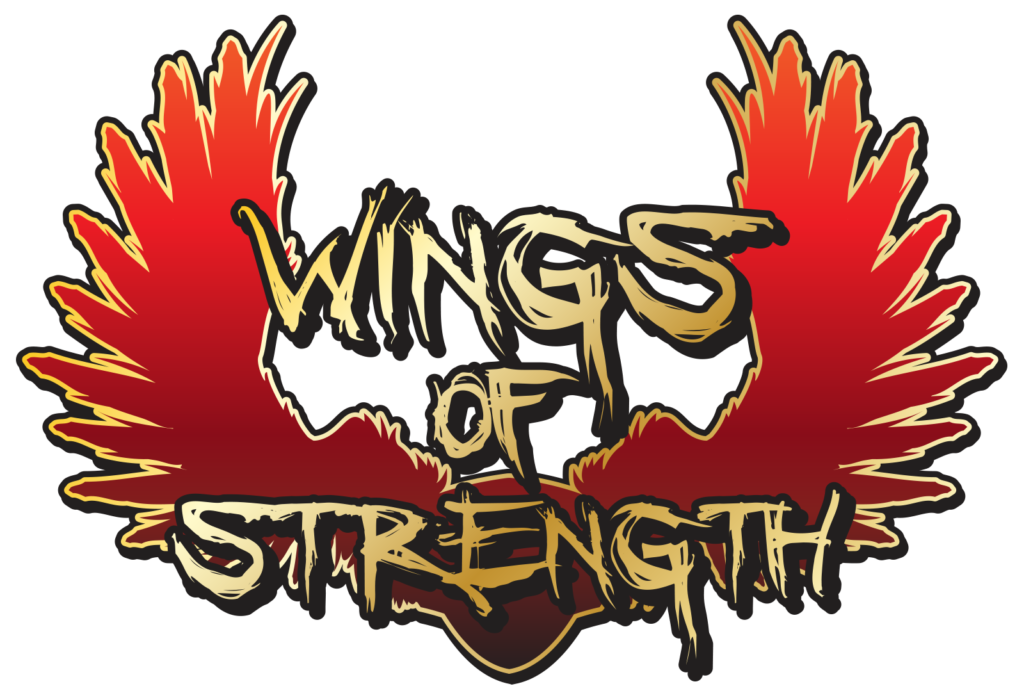By John Hansen
The competitive bodybuilding landscape has changed dramatically over the last few decades. Forty years ago, bodybuilders were motivated to win big titles. During the 70’s, the ultimate title for the amateur bodybuilder was the Mr. America. Each year, bodybuilders would travel from all around the country to try to win the biggest amateur title in the sport. Whoever won the Mr. America each year could call himself the best amateur bodybuilder in America.
In the 70’s, pro bodybuilding was virtually non-existent. Aside from the Mr. Olympia, which at that time was just starting to get off the ground, there was no prize money to be made from competitive bodybuilding. Bodybuilders worked regular jobs and went to the gym after work. They competed on the weekends, often sharing hotel rooms with their fellow competitors. Maybe because everybody was doing it out of the love for the sport and there was no financial reward, the atmosphere was more relaxed and enjoyable. The friendly camaraderie was evident among many of the competitors back in those days.
Today, of course, things are much different. Bodybuilding now includes many different divisions, designed to bring in a wider variety of the population to compete. If you don’t have any desire to be a fully muscled bodybuilder, you can still compete in other divisions that cater to more stream lined physiques. Thousands of individuals across the country have now adapted to the bodybuilding lifestyle and are eating and training like a bodybuilder.
Today, the goal in competition is not to win a prestigious title like the Mr. America or Mr. Universe. The objective now is to get a pro card. To accomplish this, a competitor must compete in a national level show and place high (usually first or second in their weight or height class) to win a pro card. There are currently seven national level competitions that give the competitor a chance to earn professional status. With all the numerous divisions and classes, there are many opportunities for a competitor to win a pro card. At the recent IFBB North America Championships (an amateur international contest that includes competitors from the U.S.A., Canada and Mexico), a total of 138 pro cards were given out during the course of the weekend’s competition.
One of my favorite bodybuilders competing in the 1980’s was Phil Williams. Phil was an outstanding amateur bodybuilder in his era. He began his career as a teenage bodybuilder in the late 1970’s, even beating Lee Haney in the Teenage Mr. Coastal USA in 1979. In 1984, Phil won the light heavyweight and overall at the NPC USA Championships, beating out Lee Labrada in his weight class. One year later, Phil dominated the 1985 NPC Nationals, winning the light heavyweight class over top contenders like Tom Terwilliger and J.J. Marsh before winning the overall title over Middleweight winner Lee Labrada and Heavyweight winner Ron Love.
Phil was so impressive in his win at the 1985 NPC Nationals that NPC President Jim Manion declared that Phil was the greatest NPC Nationals winner ever. Considering that previous overall winners of the NPC Nationals included Lee Haney, Bob Paris and Mike Christian, this was high praise indeed!
In the 1980’s, you couldn’t move into the professional ranks of the IFBB until you won the World Championships. So, even though Phil Williams won the overall at both the NPC USA and the NPC Nationals, he could not get his pro card until he won his weight class at the IFBB Mr. Universe (World Championships).
At the ‘85 IFBB World Championships, Phil had a tough battle with Germany’s Josef Gromulus. One year earlier, Rich Gaspari had narrowly defeated Gromulus at the World Championships in Las Vegas. Josef was so upset over his loss to Gaspari that he came into the 1985 event ripped to shreds, leaving nothing to chance. Phil was holding a thin film of subcutaneous water at the prejudging for the light heavyweight class after his long flight to Sweden (the location of the 1985 World Championships). Although Phil had superior shape and symmetry, Gromulus was more ripped. Josef had a blocky physique but his compact frame was packed with muscle mass including huge arms, big legs and a thick back.
Going into the evening finals, Phil had shed his water retention and his posing routine was outstanding, highlighting his incredible shape and muscle mass. Taking into account that the judges scored both the prejudging and evening show, Phil had a shot to overcome the deficit to Gromulus earlier in the day and still pull ahead. In a big upset, however, Josef Gromulus was declared the winner over a disappointed Phil Williams.
Lee Labrada won the middleweight class at the World Championships that year and he began his impressive pro career a year later. Ron Love also turned pro after the World Championships and he placed second to Labrada at the IFBB Night of the Champions the following year. Considering that Phil Williams beat both Labrada and Love at the NPC Nationals, it’s likely that he would have been the winner of the 1986 Night of the Champions and not Labrada, had he earned his pro card and competed.
The moral of this story is that in the 80’s and 90’s, the road to the Professional ranks was tough! When the NPC first started in 1982, a competitor had to win his class at the NPC Nationals first and then win their weight class at the IFBB World Championships before they could turn pro. This made sense because winning your class at the NPC Nationals would mean you were the best athlete in your weight class in the United States. If you were able to then go on and win your weight class at the IFBB World Championships, that would mean you were the best amateur in the world. Being the best amateur in the world means you have gone as far as you can go as an amateur athlete. The next logical step would be to turn professional.
As time went on and the NPC national level competitions became bigger and more competitive, the NPC allowed the class winners of the NPC Nationals to turn pro without winning their class at the IFBB World Championships. In 1987, the NPC also allowed the OVERALL winner of the NPC USA to turn professional. Soon thereafter, the IFBB North America overall winner was also awarded a pro card. Even with the new additions, there were still only six new IFBB Pros (not including the World Championships) each year.
With only a small number of bodybuilders turning pro each year, it really was the Best of the Best who were allowed to move onto the professional ranks. Unfortunately, this meant that there were some incredible bodybuilders who never got the chance to turn pro. Legendary bodybuilders like Matt Mendenhall, Rory Leidelmeyer and Edgar Fletcher never had the opportunity to step onto a pro stage during their peak years.
After the recent IFBB North America championships, a local competitor who had competed in that show told me that he was only one spot away from winning his pro card. Considering that he only placed fourth in his height class in the Classic Physique division, I didn’t understand how he was only one spot away. He explained that the top two places in each class win their pro card and because the first place winner had already won his pro card in another division, the next two (2nd and 3rd place) received their pro card.
As I contemplated the idea of a fourth place finisher in his height class was only one spot away from earning professional status, I couldn’t help but think of Phil Williams three decades earlier. Can you imagine winning the overall at both the NPC USA and the NPC Nationals and still not being allowed to turn pro because you lost first place at the IFBB World Championships by a slim margin? Wow, how things have changed!
I guess the bottom line is that a true competitor should push him or herself to be the absolute best they can be. The real spirit of competition is not just to win a pro card but to build the very best physique you can, regardless of the placing you get or the awards you attain. What good is winning a pro card when the best you can do is place second or third in just your weight or height class?
I am reminded of the story of Dorian Yates when he was working hard as a rising amateur bodybuilder to win his pro card in England. In 1986, Dorian entered the English Championships (equivalent to the NPC Nationals in America). Dorian was in outstanding condition, displaying massive size and excellent definition to steamroll over the heavyweight division. Going into the posedown for the overall title, Dorian seemed to be a shoe in as the winner. Incredibly, Yates was stunned (along with the rest of the audience) when the light heavyweight winner was announced as the overall victor by a slim 5-2 decision. Dorian was so upset that he quietly went back to work. He was going to train so hard and inflict so much torture to his body that when he came back into competition, those poor misguided judges who deemed him inadequate of professional status would not even recognize him.
For two long, grueling years, Dorian toiled away in his basement dungeon gym, training harder than probably any man on the planet. When he decided to come out of the shadows and step onstage again, Dorian was a man and physique transformed! Having added an incredible amount of new muscle mass combined with razor sharp conditioning, Dorian looked more like a top professional bodybuilder hired to guest pose than a mere competitor vying for the title.
This time, there was no doubt who the overall winner would be. Dorian won the heavyweight class in a landslide before completely dominating the overall posedown scoring a 7-0 victory. The audience, the judges and the bodybuilding media were beside themselves over the appearance of this new bodybuilding phenomenon. All of a sudden, many were speculating that England may have found their first Mr. Olympia winner on this special night. Four years later, that prophecy was fulfilled when Dorian Yates was crowned Mr. Olympia in Helsinki, Finland.
Having a goal is what fuels our desire, inspiring us to follow a strict diet all year long, engage in brutal cardio sessions and intense weight training workouts while eating low carbs and insignificant calories. Most would never put themselves through these months of torture without that luscious carrot on the end of the stick driving us.
Make the most of your bodybuilding journey by being the best physique you can be. Don’t chase a “pro card” for the sake of achieving a level of status. Instead, look inside yourself to discover your real worth. Dorian Yates pushed himself and his physique to the limit and beyond. He knew that the real battle was within himself. He had to have the mental toughness and character to overcome any physical limitations to transform his body into the ultimate raw image of physical perfection. When he was finally ready to step onstage, he knew well beforehand that he was the winner because he had overcome his inner demons to emerge a new man. Don’t settle for less as you pursue your goal. The joy of victory comes from pushing yourself harder than you ever thought possible. Overcome the battle within and realize your true worth. In the end, it will mean more than any card could ever give you.
Looking for more from John Hansen? Visit his blog Right Here at DigitalMuscle.com!
A three-time Natural Mr. Universe and the first Natural Mr. Olympia champion, John is the author of the book Natural Bodybuilding (2005, Human Kinetics). A 14 year columnist for Ironman Magazine, John is the founder of FloridaPhysique.com where he covers the NPC Florida Bodybuilding scene and interviews legendary bodybuilders. John is also the promoter of the NPC Natural Suncoast Classic and offers consultations on training, nutrition and posing – in person and online.





